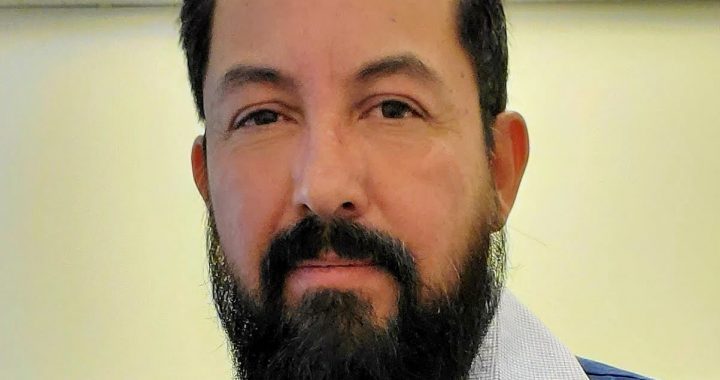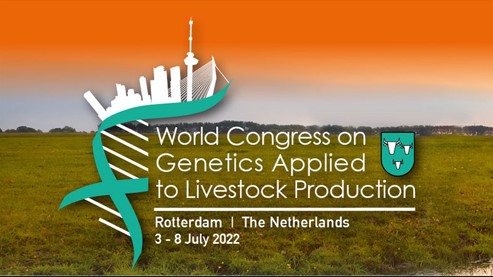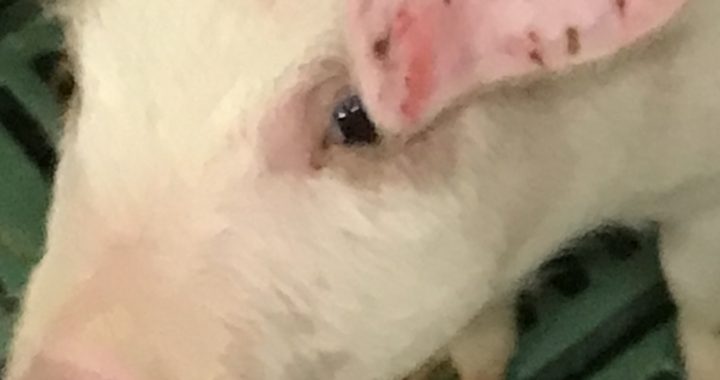This month’s At The Grill feature by William Torres (former Research Manager at Cattleland Feedyards and popular presenter at Gentec conferences) reminds us of Queen Elizabeth II’s passion for agriculture.
It is world news that this 8th of September, 2022, Queen Elizabeth II passed away. She was the longest-reigning monarch in British history and she was also a lover of cattle and horses. While most of the world remembers her corgis, those in the agricultural realm know just how vast her involvement was. Let’s recap some of Her Majesty’s involvements.
In 2001, Prince Philip, the Duke of Edinburgh, had the idea of selling high-quality goods from the royal farms at Windsor and other small local suppliers to support smaller businesses in the area while providing customers with the best quality products Britain had to offer.
The royal farms at Windsor consist of 200 registered Jersey cows, a Sussex beef herd, 140 breeding sows, 1,500 Lohmann Brown hens, 1,000 acres of arable land and 2,000 acres of grassland, mainly used to feed the livestock.
According to the farm’s website , the late Queen’s Jersey herd is based at Prince Consort Farm in The Home Park. The original farm was designed by Prince Albert in the late 1850s. The original buildings were extended with new winter housing for the cows, and they now feature robotic technology. Additionally, the farm features automatic cow brushes as well as waterbeds for the royal herd to lie on.
YES! Real waterbeds. According to Mark Osman, the farm manager, “The water pushes underneath the pressure points, and the cows end up sort of floating.” Apparently, the entire royal family took part in choosing the water beds, which are also rather pricey.
While it is not known as to what will become of the royal farm, the milk is currently being sold to produce Windsor Castle ice cream.
In Scotland, the late Queen is fondly remembered for her long-standing enthusiasm and support for farming, rural life, and the countryside as well as her patronage and visits to the Highland Show. The late Queen raised Highland cattle since 1953 at her home in Balmoral.
She took part in, and visited many shows, like the Country Show at Saint John, Jersey herd in 1978. The breed was one of her favourites. The royal family’s Jersey herd is one of the oldest in the UK; some of the cattle can be traced back to 1871.
Personally, with my current involvement as President of a veterans’ support group, I have learned much about the devotion from our men and women to service and the Crown. One of our members with a farming background was presented to her during her coronation when he was only 10. He now stated, “Her Majesty has been the embodiment of duty and public service, seeing the country through seven decades where we have seen huge change in our nation and in our fields.”
From the agricultural point of view, Her Majesty, in an ever-changing and challenging world, has always been a constant and a great supporter, including here in Canada. Her examples of service, duty and loyalty are timeless, and ones that we can and will follow.


















